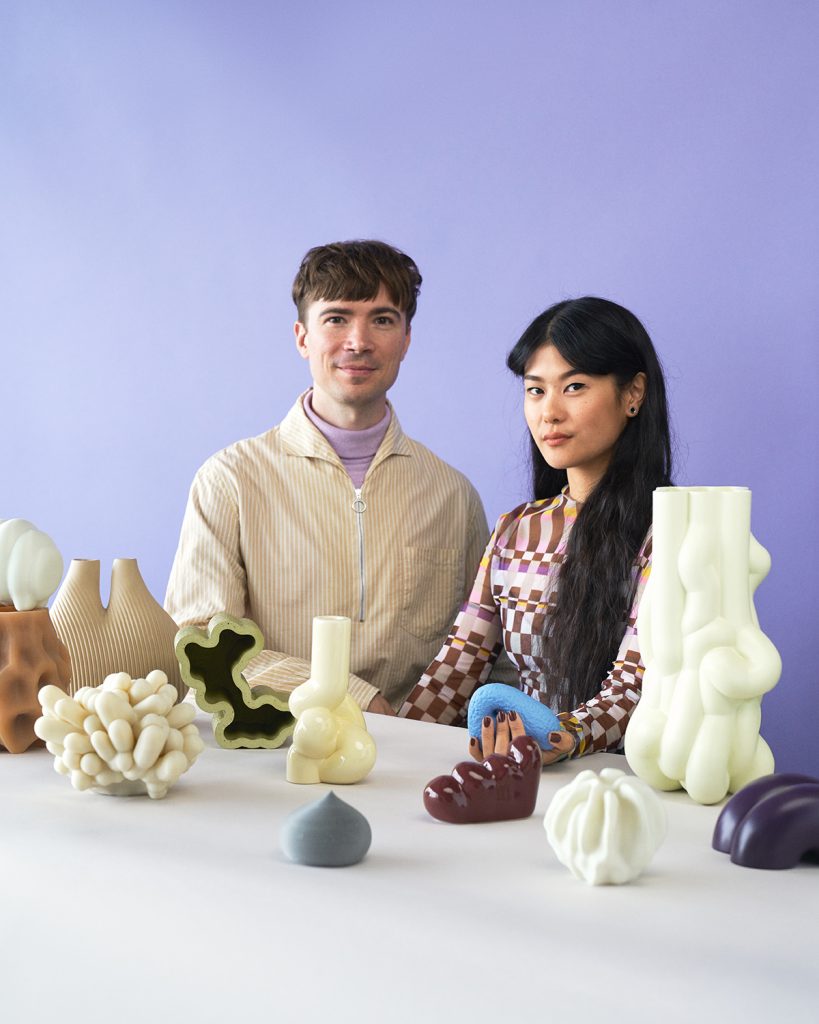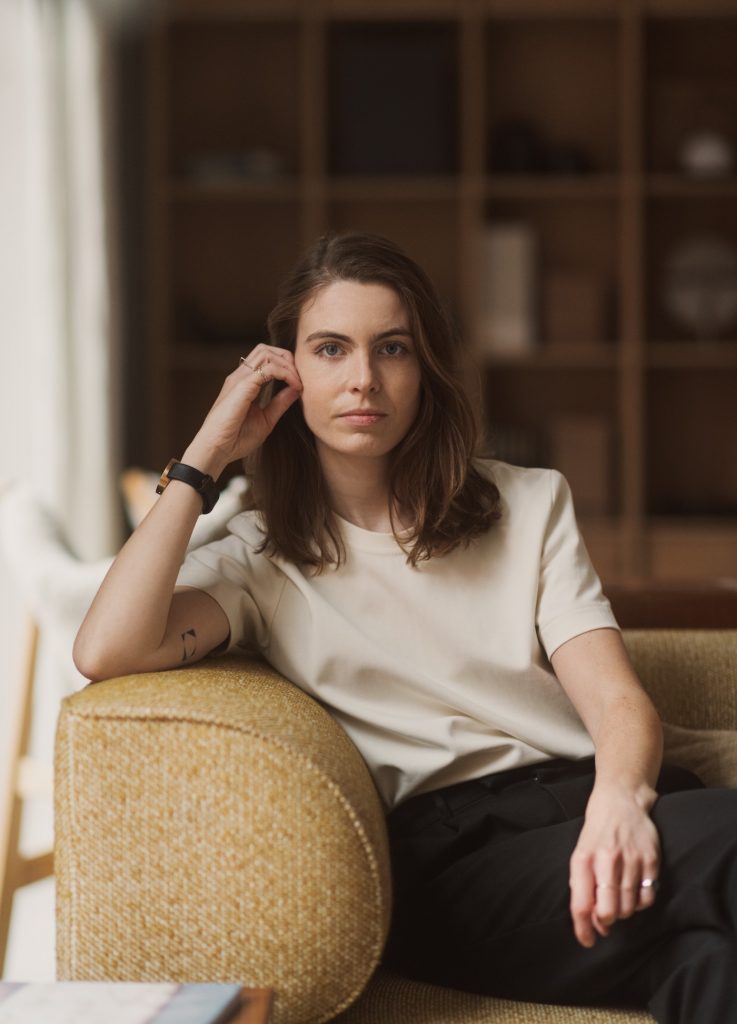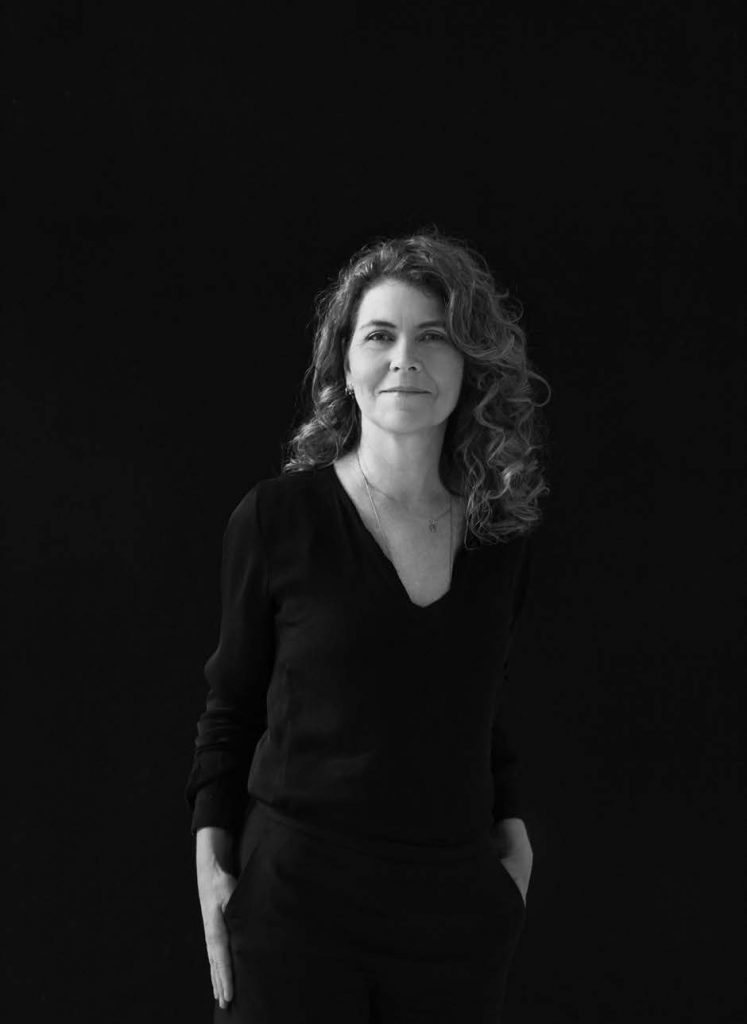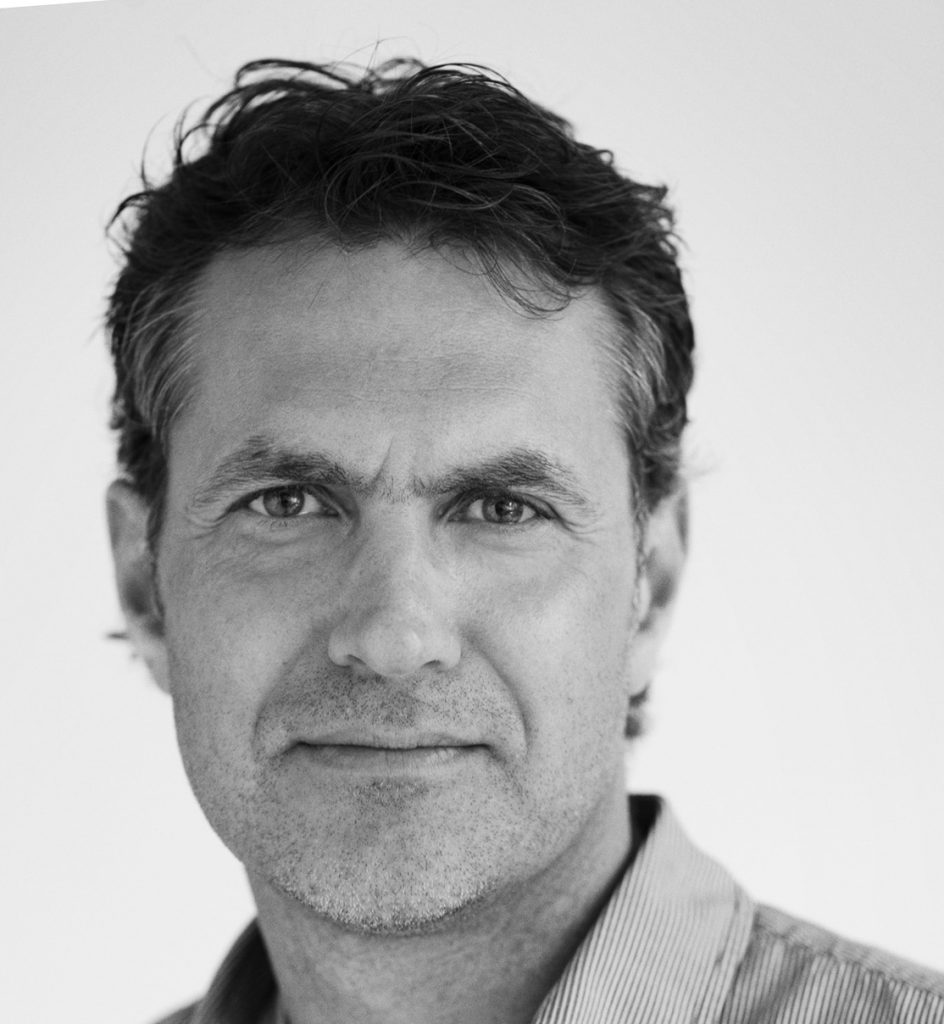Ane Lykke: “My attention is always drawn towards the properties of light and perception”
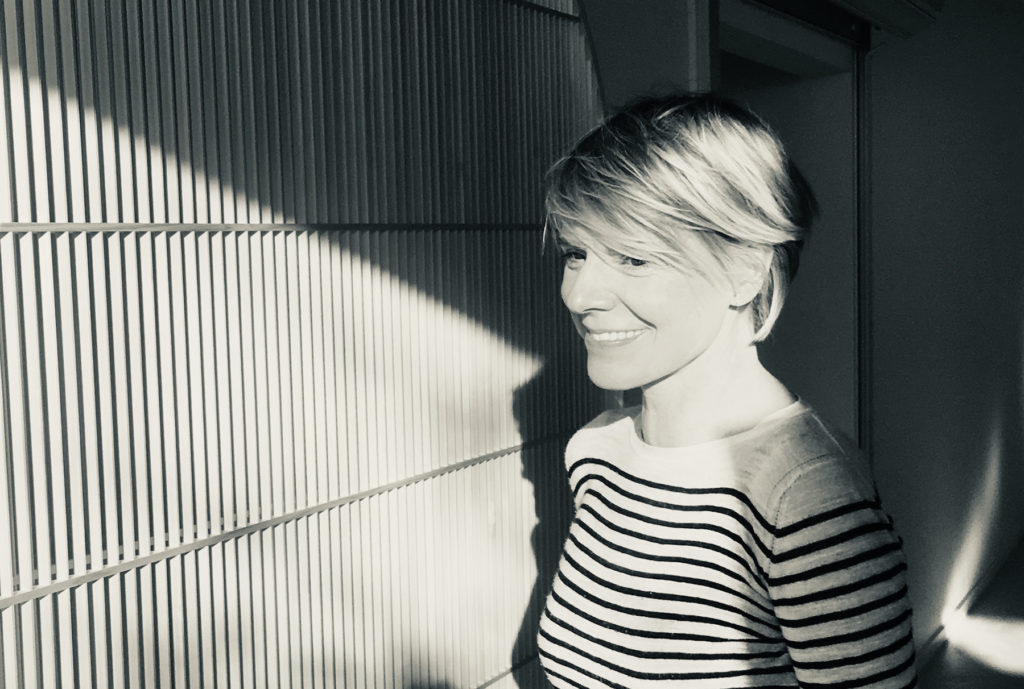
In a Q&A series, the designers and artists participating in The Mindcraft Project tell us about their process, what they are working on, how they use their favorite tool and generally what they are into right now. A warm welcome to Ane Lykke.
Want more dispatches? Follow The Mindcraft Project and Studio Ane Lykke on Instagram – and sign up for our Newsletter.
What I do in my studio:
My work process is divided between the “digital drawing board” on the computer and in the actual creation of physical models. In the developing phase, physical models and mock-ups are an indispensable part of my work – as factors such as time, light and motion are a crucial parameter in my work. An important part of my work is therefore to be able to move in relation to my work in terms of the perception – the use of physical models and mock-ups facilitate this process.
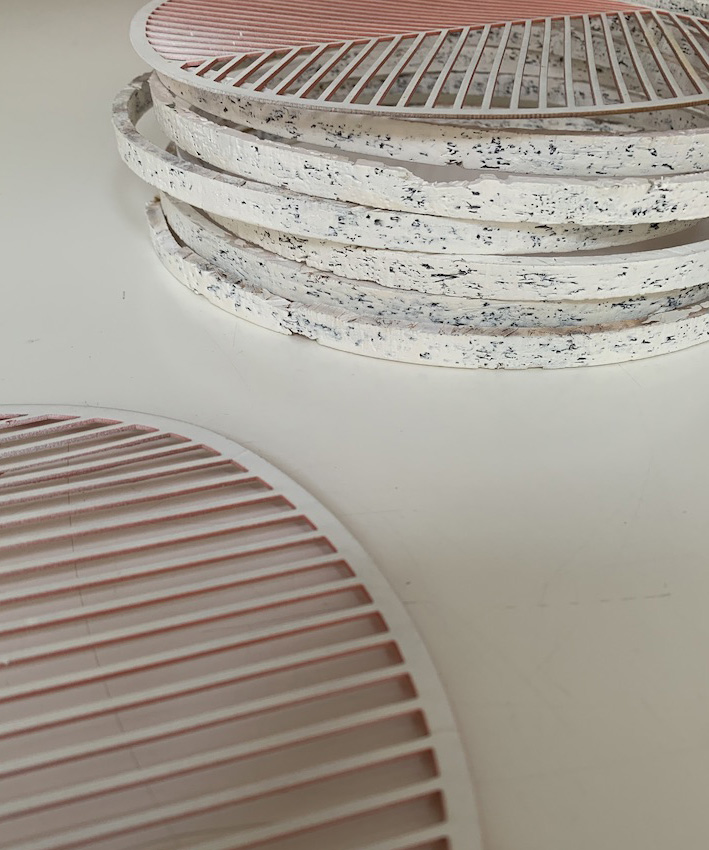
Essential working tool:
Since the physical models are crucial in my work, I make use of laser cutting – a fantastic and time-saving tool for cutting – cardboard and plywood. That is to say, I make parts in 2D which I collect to three dimensional models, where I include and examine light – in addition – physically interacting … moving and seeing – exploring from different distances and perspectives, etc.
What I work on at the moment:
I am currently working on new lightworks and objects for my solo show at Galerie Maria Wettergren in Paris. Together with my previous work, the new objects will demonstrate and unite my overall signature.

Best design experience I had recently:
One of the best experiences recently is without a doubt Backside of the Moon, at Naoshima island in Japan. An exploration into light and space by James Turrell. You enter the exhibition in darkness where you can’t see anything, until your eyes adjust. As you sit in silent darkness all perception dissipates, a luminescent mark, a rectangular “hole” in the wall appears – a space of hazy, foggy and dim light – fluid and shifting. You’re present!
Favourite material:
I do not have a favourite material as such. What is important to me is to make the material communicate – or to physicalize the intangible as e.g. light. It is the processing of the material, which interest me.
What I listen to when I work:
Well, it depends on where I am in the process. In the initial phase of a new project, I prefer complete silence, to have the ability to concentrate – when I am further in the design process, and the project is nearly formed – I approach a state of flow where I prototype, build models, refine and adjust – at this stage I enjoy listening to interesting podcasts while working.
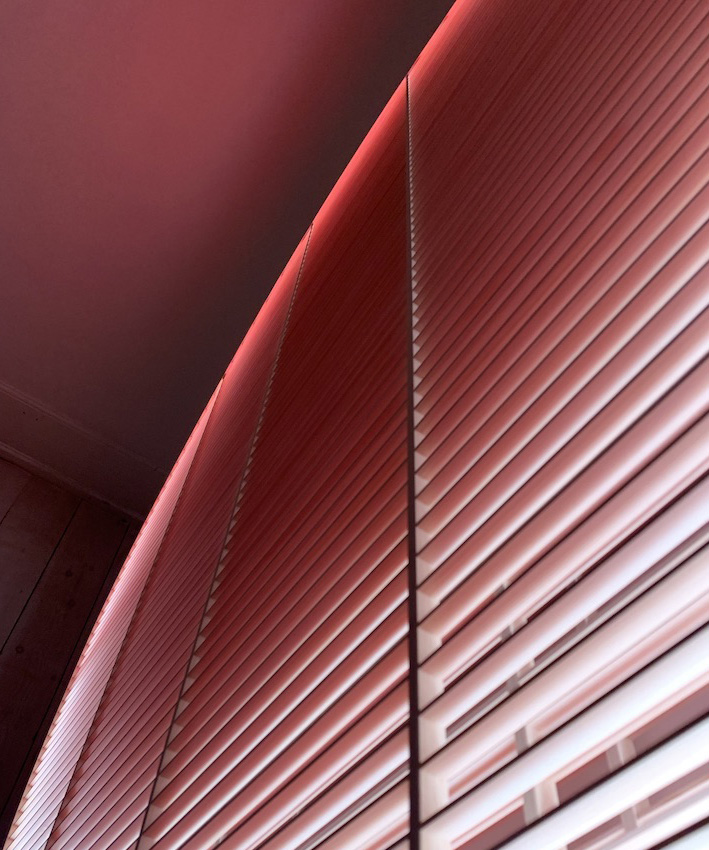
Next travel destination:
Besides joying The Mindcraft Project in Milan, my next destination will be New York where I am planning a trip to visit possible future collaborators – a project which is supported by the Danish Arts Foundation.
Biggest inspiration:
A combination of the constant flux of conditions of light that plays out in our everyday existence – and having the ability to change the space around me by moving. E.g. on a walk through the city where glass facades are reflecting on the exterior, creating a multiple-layered experience, and illusion of depth that blurs the boundaries around me. The separate layers interweave and create different depth perception depending on my position and for example the changing daylight. This kind of experience shatters my pre-conceived notions of the space and it makes me more aware and present. It’s a huge source of inspiration to me, and I am interested in how to physicalize these kinds of experiences in my work.
3 things I’m into right now:
I am curious about gravity. I am in the process of examining if it is possible to make a displaced structure or surface to look like it is floating.
Also sphere constructions. I’m currently exploring to what extent I can use sphere constructions in the creation of new light objects and works.
And, my attention is always drawn towards the properties of light and perception – to use light as a material to influence or affect the medium of perception.
